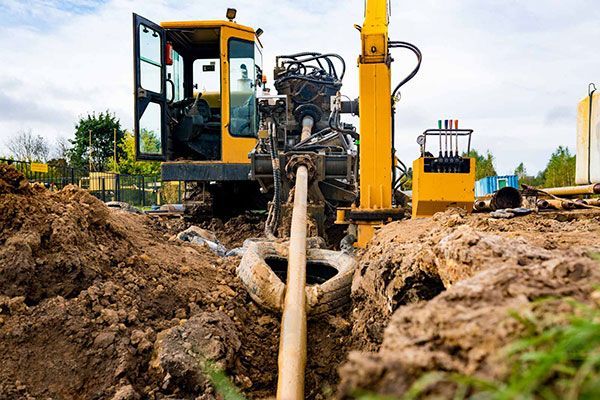Understanding hydraulic repair: essential maintenance tips
Hydraulic systems play a pivotal role in a wide range of industries, powering everything from construction equipment to manufacturing machinery. Effective maintenance of these systems is not just about fixing problems as they arise but understanding the facets of hydraulic repair to proactively identify and prevent issues before they become costly problems.
Our hydraulic repair process
When it comes to hydraulic repair, the first step we always undertake is a thorough inspection and diagnosis of the problem, which involves checking all components of the system, including hoses, fittings, valves, and fluid levels. We look for signs of wear and tear, such as cracks and leaks, as they’re usually early indicators of bigger problems. Once the issue is pinpointed, the defective part is carefully repaired or replaced. This may involve dismantling complex assemblies and replacing worn-out components like seals or O-rings. The final step involves testing the repaired system under real operational conditions to ensure it functions optimally and safely. Throughout this process, precision and attention to detail are crucial in ensuring the longevity and efficiency of the hydraulic system.
Our tips and tricks for hydraulic maintenance
Effective maintenance is key to preventing frequent hydraulic repairs. Regularly inspecting systems for signs of wear, such as hose abrasion or oil leaks, can pre-empt major issues. Keeping hydraulic fluid clean is crucial; it should be changed according to the manufacturer's schedule, and filters must be replaced or cleaned regularly, to prevent damage caused by dirt and debris. It's also important to monitor the system's temperature and pressure, as fluctuations can indicate underlying problems. Our final tip is to make sure all fittings and connections are secure to prevent leaks and maintain system integrity. Implementing these maintenance practices will not only extend the life of the hydraulic system but also enhance its performance and reliability.
Understanding and implementing these essential tips for hydraulic maintenance can significantly extend the life of your hydraulic systems, reduce downtime, and save on costly repairs. However, if your hydraulic systems require repair work, consider ST Engineering, leaders in heavy machinery maintenance, repair and engineering.
Contact our team for customised solutions suited to your machine’s hydraulic system.




